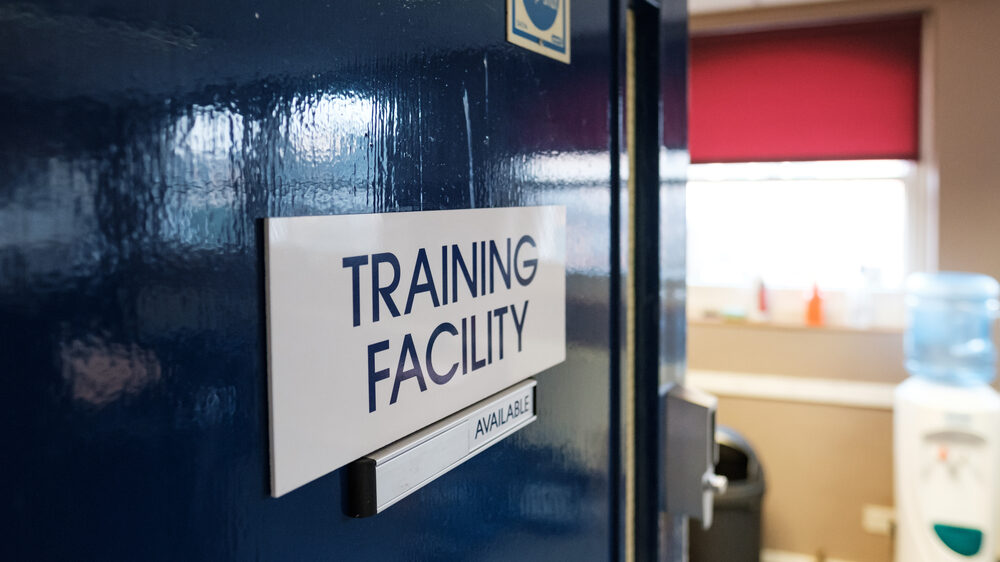Safety training in native language improves understanding says UL
- December 30, 2022
- 8:00 am


Iain Hoey
Share this content
When it comes to safety training comprehension increases when learners can give their complete attention without needing to translate information into their first language, according to UL Solutions.
UL Solutions offers courses in multiple languages through its environmental, health and safety library.
UL said that in terms of safety training, it is particularly important that learners can give their complete attention to the content without the needs to mentally translate the information into their first language: “From the beginning of the course, the learner can focus on the subject matter, not on trying to translate and interpret the material. This can be especially helpful in improving comprehension of essential safety training.
“Misinterpretation can lead to lower productivity, lost revenue, injury and loss of life. This can be especially true in high-risk sectors, such as manufacturing, oil and gas exploration, and construction. The Occupational Safety and Health Administration (OSHA) estimates that language barriers contribute to 25% of job-related accidents. Moreover, the US Centers for Disease Control and Prevention found that fatal injury rates were 69% higher for foreign-born Hispanic workers than those born in the United States.”
It added: “People learn, understand and retain information best if it is taught in their native language. UL Solutions understands the needs of diverse workforces and offers safety programs in widely spoken global languages. Training in various languages is essential because OSHA requires all of training content to be provided in a language and vocabulary that employees understand.”



